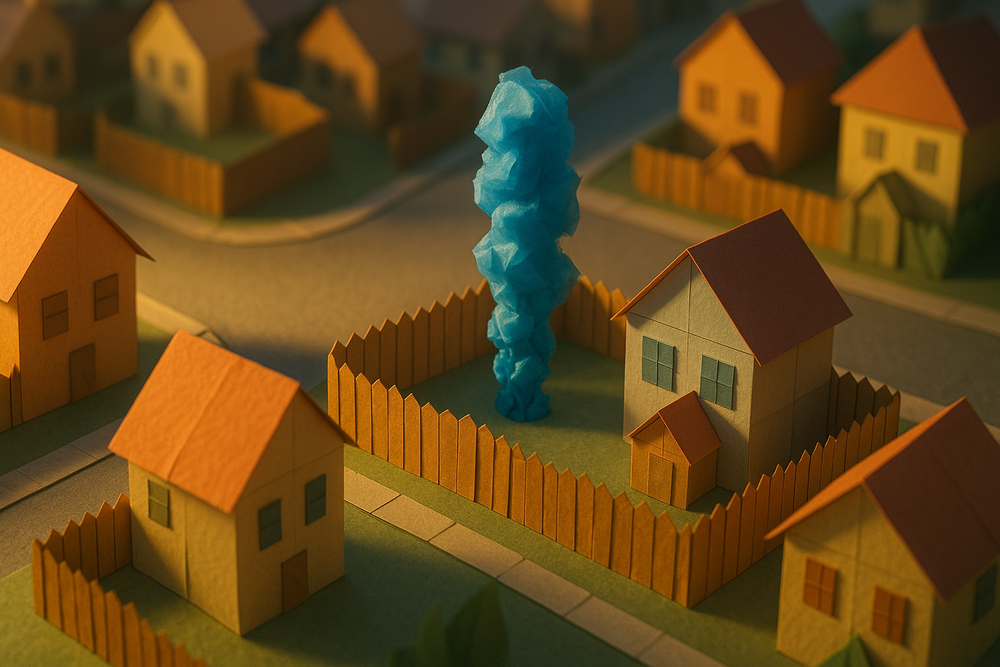Hello, wonderful readers!
Today, I want to delve into the fascinating world of generative AI technology and share which generative AI model we chose for our novel creation at Tale Forge. If you’re new to this concept, don’t worry—I’ll explain everything from the ground up.
What is Generative AI Technology?
Generative AI refers to a type of artificial intelligence focused on creating new content based on patterns and data it has learned from. Unlike traditional AI, which might classify or predict information, generative AI can produce original content, such as text, images, music, and even videos. It uses sophisticated algorithms and deep learning models to understand input data and generate coherent and contextually relevant output.
One of the most prominent types of generative AI is the language model, designed to understand and produce human language. These models are trained on vast datasets containing billions of words from books, articles, websites, and other text sources. Through this extensive training, the AI learns grammar, syntax, facts, and nuances of language, enabling it to generate text that sounds remarkably human-like.

How Does Generative AI Work?
Generative AI models, like OpenAI’s GPT (Generative Pre-trained Transformer) series, operate using a structure known as a neural network. These networks are designed to mimic the human brain’s ability to learn and recognize patterns. A neural network consists of layers of nodes, with each layer processing information and passing it to the next. In the case of GPT-3 and GPT-4 (which are different iterations of OpenAI's ChatGPT), these models have been trained with extensive datasets to predict and generate text.
Training a generative AI involves two main phases: pre-training and fine-tuning. During pre-training, the model is fed vast amounts of text data, learning to predict the next word in a sentence. This helps the model understand language structure and context. Fine-tuning, on the other hand, involves adjusting the model based on specific tasks or domains, enhancing its ability to generate relevant and accurate content.
One of the key innovations in generative AI is the Transformer architecture, which allows models to handle large amounts of data and understand context better than previous models. The Transformer architecture uses self-attention mechanisms to weigh the importance of different words in a sentence, enabling the model to generate more coherent and contextually appropriate text.
The Benefits of Generative AI in Novel Creation
Generative AI offers numerous benefits for novel creation, making it a valuable tool for writers and storytellers. Firstly, it can serve as an endless source of inspiration. Writers can use AI to brainstorm ideas, develop plotlines, and explore different narrative directions. This can help overcome writer’s block and spark creativity, providing new angles and possibilities for stories.
Additionally, generative AI can assist in the writing process itself. By generating text based on a given prompt, AI can help writers draft scenes, dialogue, and descriptions more quickly. This allows writers to focus on refining and polishing their work, rather than getting bogged down in the initial writing stages. AI can also offer suggestions for improving grammar, style, and coherence, enhancing the overall quality of the writing.
ChatGPT and the Choice of GPT-4
When it came to choosing a generative AI for Tale Forge, we considered several options, including different models of ChatGPT. We ultimately chose ChatGPT for its exceptional ability to process requests, generate high-quality responses, and provide ease of accessibility. Among the versions of ChatGPT, GPT-4 stood out for its enhanced capabilities.
Differences Between GPT-3 and GPT-4
GPT-3:
- GPT-3 is known for its impressive language capabilities, with 175 billion parameters. It can generate coherent and contextually relevant text across various topics.
- While powerful, GPT-3 sometimes lacks depth and nuance in complex storytelling, making it less ideal for intricate narratives.
GPT-4:
- GPT-4 builds on the foundation of GPT-3 with several advancements. It features a more refined architecture, leading to better comprehension and generation abilities.
- With more parameters than GPT-3, GPT-4 can produce more sophisticated and contextually aware content, essential for crafting detailed and engaging stories.
- GPT-4 also shows improved performance in understanding context, maintaining coherence over longer pieces of text, and generating creative and nuanced responses.
Why GPT-4?
We settled on GPT-4 for Tale Forge because of its superior performance in generating coherent, contextually appropriate text, even for intricate narratives. GPT-4 can handle various genres and styles, adapting to the needs of each story. Moreover, its user-friendly interface and accessibility make it a convenient tool for both drafting and refining content.
ChatGPT’s strength lies in its ability to generate high-quality text that aligns with the creative vision of Tale Forge. By leveraging the capabilities of GPT-4, Tale Forge can push the boundaries of traditional storytelling, exploring new realms of creativity and innovation.
In summary, generative AI technology represents a significant advancement in artificial intelligence, offering powerful tools for content creation. By choosing GPT-4, we equipped Tale Forge with the best tools to craft compelling and innovative narratives, ensuring a seamless blend of human creativity and AI assistance.






